10 Best Silent Films for Philosophy Students
Historically speaking, cinema came into being at a particularly momentous time, especially in the United States and Russia. Reconstruction brought about an era of industrial and technological advancement. Meanwhile, the invention of the “moving picture” coincided with the Neoclassical movement in the arts. However, the two had little to do with each other. The earliest silent-era films were experimental in nature, with filmmakers doing their best to merely document events in real-time. As time progressed, silent films became more complex and directors discovered new ways of telling visual stories.
Today, we will look at the 10 best silent films for philosophy students. This list will take examples from throughout the earliest days of film history.
A Brief History of Silent Films
It wasn’t until the early 20th century that films developed narrative structures. Relatively short, simple plots turned into long, complex dramas and sweeping historical epics. In spite of the limitations of the medium, silent-era filmmakers found entirely new ways to tell stories through film.
This is when the “Golden Age of Cinema” officially began. Artists around the world lent their vision to the craft, drawing from and even influencing some of the most important artistic movements of the century. From Soviet Montage and post-war Surrealism to Classical Hollywood and French Impressionism, cinema became one of the most profound and impactful art forms in the world.
It wasn’t until Alan Crosland’s The Jazz Singer (1927) that sound was finally introduced to moving pictures. By the early 1930s, silent-era films were almost completely replaced by “talkies.” Nonetheless, the best silent films of the early 20th century forever shaped the future of filmmaking.
You might be asking yourself, why are silent films important? Though many film historians praise silent films for their technical accomplishments, many films took on great philosophical and political importance, too. Some artists used film to promote political doctrine, while others used it to express religious sentiments; still others dismissed the more structuralist modes of production and storytelling, making highly subjective and surreal representations of the human experience.
Identifying the Best Silent Movies for Philosophy Students
While there are many silent-era films that philosophy students could enjoy and analyze, some stand out more than others. As with everything produced on Philosophy in Film, you will likely see subjectivity in this list of the best silent films. These films may not reflect the best silent films of all time for some readers, nor do they represent the most famous modern silent films.
Instead, these films have been carefully selected using specific criteria. These criteria were developed to enhance students’ understanding of certain historical, artistic, and political ideologies underpinning many of the most modern philosophical theories and movements. To be on this list, a film must meet all of the following requirements:
- The film features no sound (with the exception of orchestral soundtracks added retroactively)
- It was produced sometime between 1900 and 1930
- It is at least 30-minutes long
- Finally — and most importantly — the film reflects one or more of the following concepts, theories, movements, or sentiments in its narrative or visual style:
- Christian philosophy
- Marxist theory
- Socialism
- Surrealism
- Dadaism
- Impressionism
- Expressionism
- Anti-Authoritarianism
- Anti-Imperialism
- Collectivism
- Existentialism
- Subjectivism
It goes without saying that this covers a very wide span of ideas and often conflicting schools of thought. Nonetheless, I hope you find this list useful. Since silent film archives are becoming increasingly difficult to track down on major platforms, it’s more important than ever to learn about the best silent films of years past. If you’d like to learn more about the history of silent-era filmmaking around the world and discover even more of the best silent films ever made, be sure to check out Film History: An Introduction by Kristin Thompson.
10 Best Silent Films for Philosophy Students
The following films are listed in chronological order. Therefore, the order of films does not reflect their quality or the degree to which they meet the above criteria. In any case, let’s take a look at the 10 best silent films for philosophy students:
10. From Morn to Midnight (Karlheinz Martin, 1912)

The German Expressionist movement produced some of the greatest works of the silent film era. From Morn to Midnight combines the dream-like aesthetics that distinguished the movement with the disjointed story of a bank robber on the run. Having previously worked at the bank, the man must continually evade both the police and his former employers. Along the way, he meets people of various classes, with many of the encounters embodying death itself.
9. Fantômas (Louis Feuillade, 1913)

Based on the French novel of the same name, Fantômas is often considered one of the best silent films of all time. In truth, the film consists of five separate but related serials that tell the story of a criminal mastermind named Fantômas. Despite committing various crimes, he is able to escape time and time again. Like the novel, the film is somewhat ambiguous about the underlying morality of the narrative. Fantômas functions as the protagonist with whom the audience likely identifies, yet we see him committing (and getting away with) a series of morally-reprehensible crimes.
8. Intolerance (D.W. Griffith, 1916)
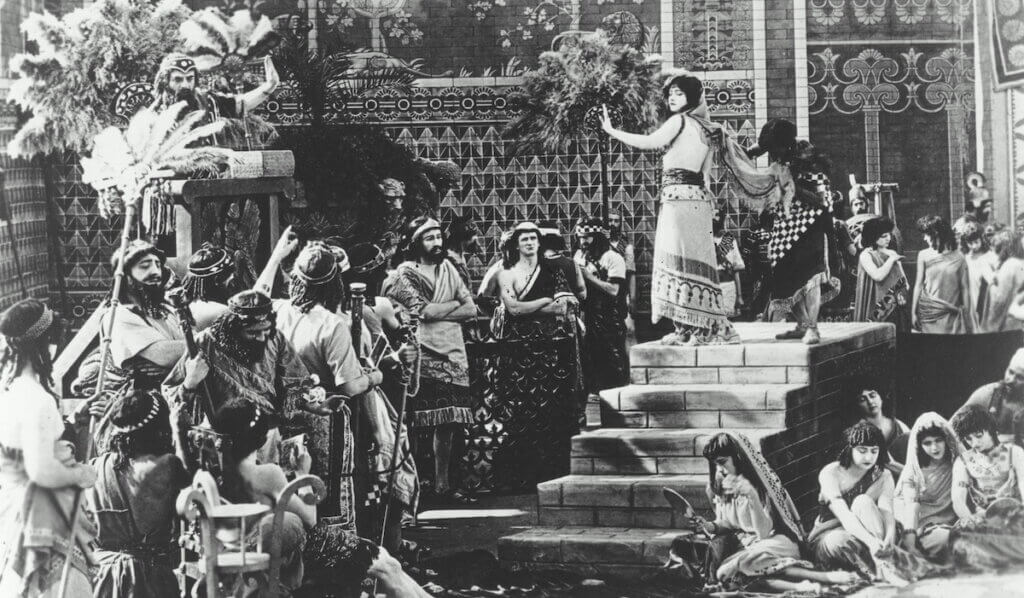
Partly motivated by the backlash against his highly-influential and controversial film, The Birth of a Nation (1915), D.W. Griffith produced Intolerance the following year. Unlike The Birth of a Nation, which viewers criticized for its overtly racial sentiments, Intolerance seeks to call out the intolerance of humanity throughout history. Divided into four interwoven parts, the film chronicles the fall of Babylon, the crucifixion of Jesus, the St. Bartholomew’s Day Massacre, and the class struggles in modern America. At the time of its release, Intolerance was one of the most expensive epic films ever created, and frequently makes the cut for “best silent films ever made” to this day.
7. Sir Arne’s Treasure (Mauritz Stiller, 1919)

Sir Arne’s Treasure is a Swedish film that focuses on a 16th-century mercenary who murders a wealthy family in order to take their treasure. However, the treasure is rumored to be cursed. Later, the mercenary inadvertently falls in love with the family’s only surviving daughter, Elsalill. Eventually, Elsalill discovers her lover’s true identity and informs the authorities, resulting in a bloody clash and a final escape attempt by sea. While it may not be one of the best romantic silent films ever made, Sir Arne’s Treasure artfully blends folklore with a more modern tale of love and betrayal.
6. The Kid (Charlie Chaplin, 1921)
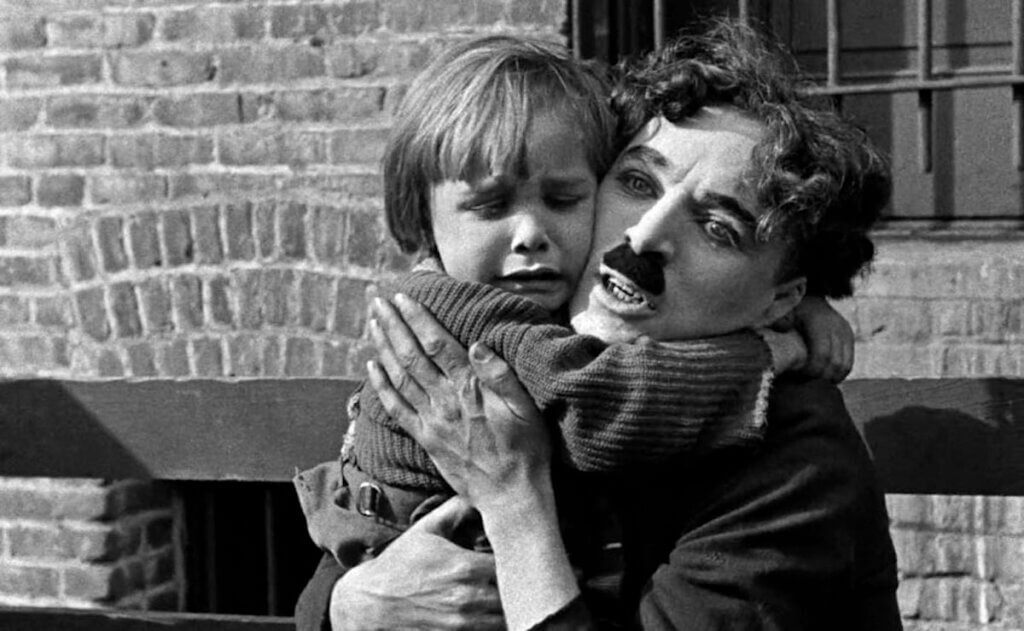
Though Charlie Chaplin became well known as the foremost comedic star of silent cinema, he also made a name as a great director. In his directorial debut, Chaplin produced one of the best silent comedy movies of all time: The Kid. Chaplin’s character — The Tramp — happens upon an abandoned baby, whom he raises as his own. However, after years apart, the mother regrets her decision and searches for the boy, threatening to tear the Tramp and the Kid apart. Despite the heartwarming and often humorous story, The Kid showcases the difficulties of lower-class life in America.
5. Häxan (Benjamin Christensen, 1922)
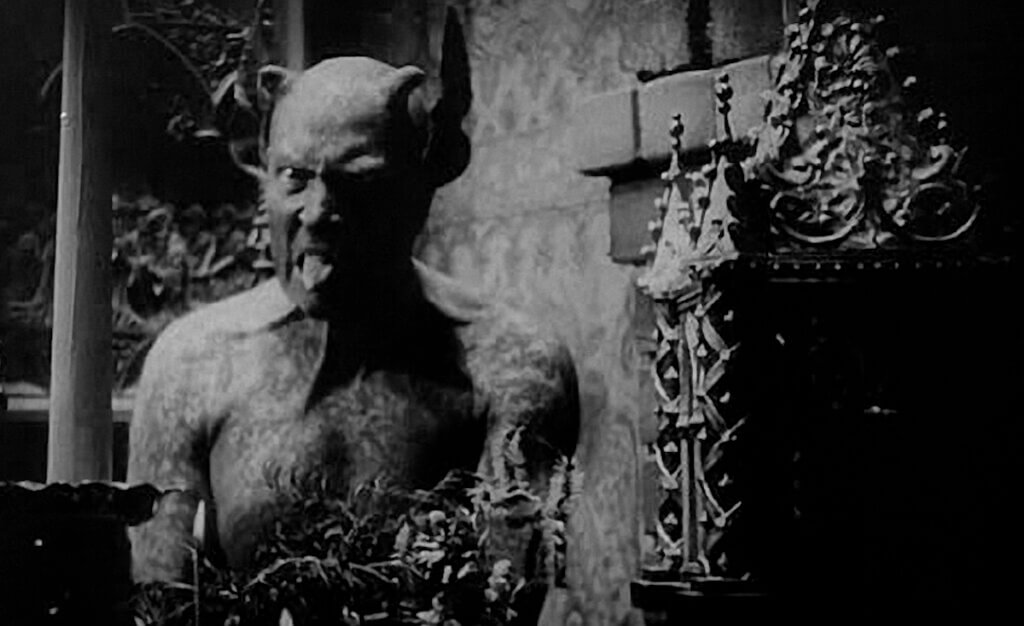
Part horror film and part historical documentary, Häxan provides a dramatized retelling of witchcraft through the ages. The film also stands as one of the earliest works of “anti-witchcraft” fiction, as it positions the witch hunters of centuries past as horribly misguided. As we know today, many of the “witches” burnt at the stake merely suffered from mental illness. In any case, critics widely consider Häxan as one of the best documentaries of the silent era, influencing documentary-making in the years since.
4. The Last Laugh (F. W. Murnau, 1924)
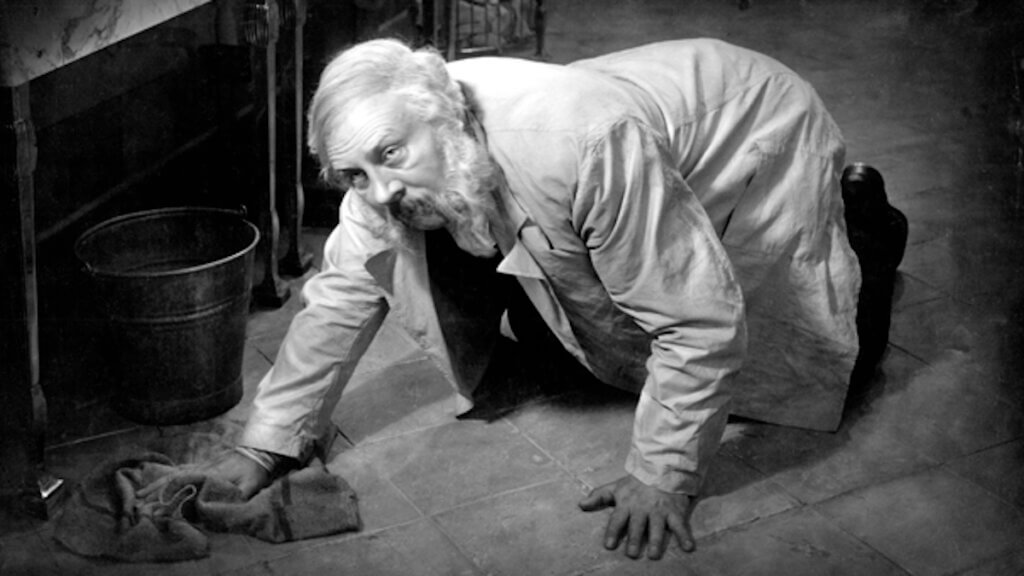
F.W. Murnau created some of the best silent films of the German Expressionist movement. The Last Laugh is among his best work, in spite of the minimalist plot. A film built almost entirely on visual representation, The Last Laugh tells the story of a hotel doorman who loses his job. Though Murnau gives the film an uplifting ending, the majority of the narrative highlights the cruel indignities of working-class life in a profit-driven society.
3. Strike (Sergei Eisenstein, 1925)
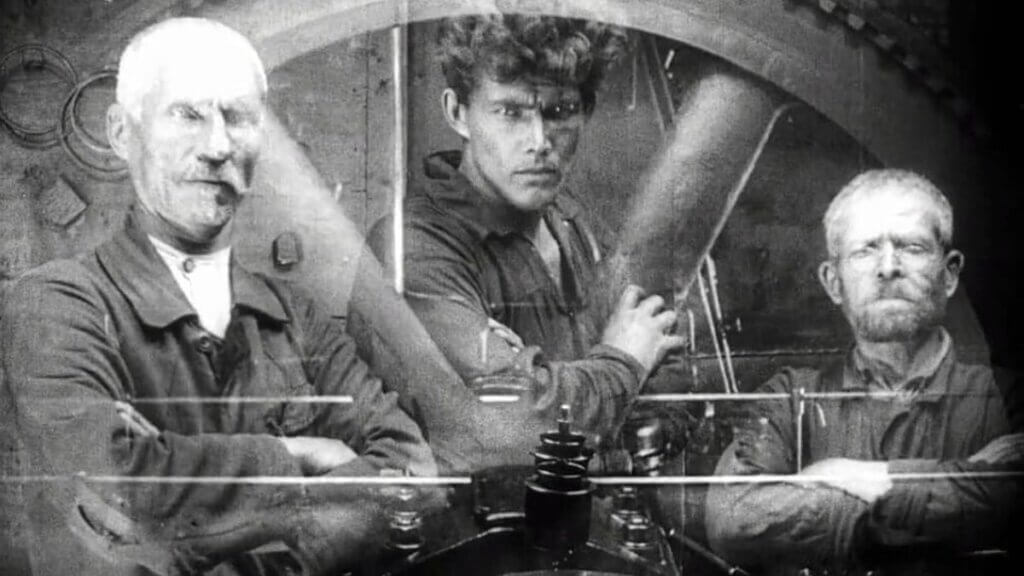
The Soviet Montage movement is a treasure-trove of politically-motivated films. Eisenstein is responsible for some of the best silent films promoting Marxist ideology, including his 1925 masterpiece, Strike. As the name implies, Strike follows a group of factory workers who go on strike in pre-revolutionary Russia. Without distinct protagonists, the film promotes collectivism both in narrative and form. If you’d like to learn more about Eisenstein’s seminal work, feel free to check out my in-depth review of Strike.
2. The Passion of Joan of Arc (Carl Theodor Dreyer, 1928)
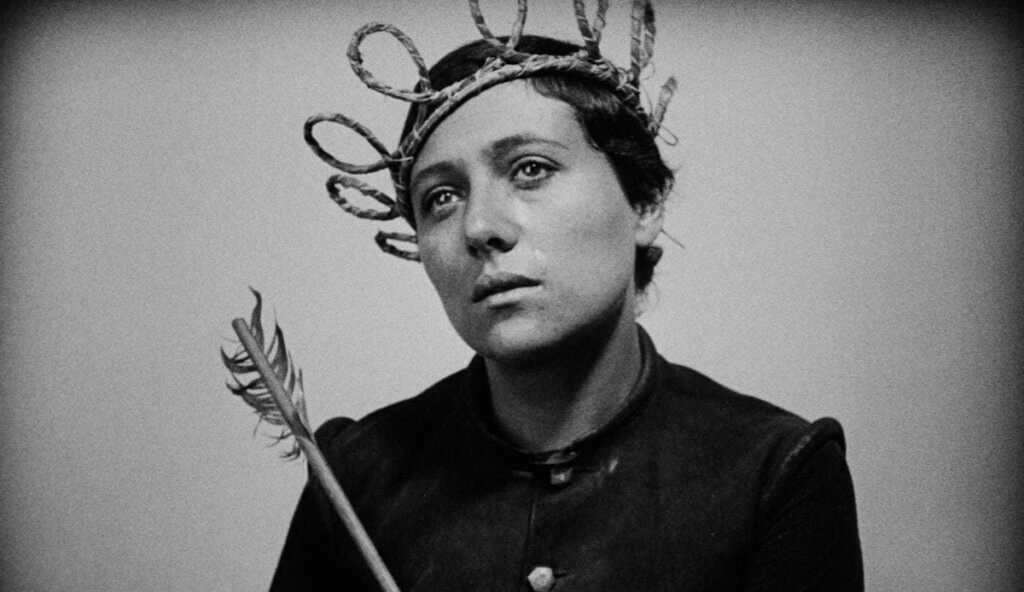
One of the greatest triumphs of Christian cinema, The Passion of Joan of Arc chronicles the last days of the famed French heroine. Imprisoned after her victories in battle, Joan of Arc is put on trial for heresy. The judges and clergymen conducting the trial are conniving, attempting to force a confession from the Maid of Orleans, but she remains steadfast. Though she eventually concedes in signing a confession, Joan of Arc later recants out of her devotion to God — thus securing her fate.
1. Earth (Alexander Dovzhenko, 1930)
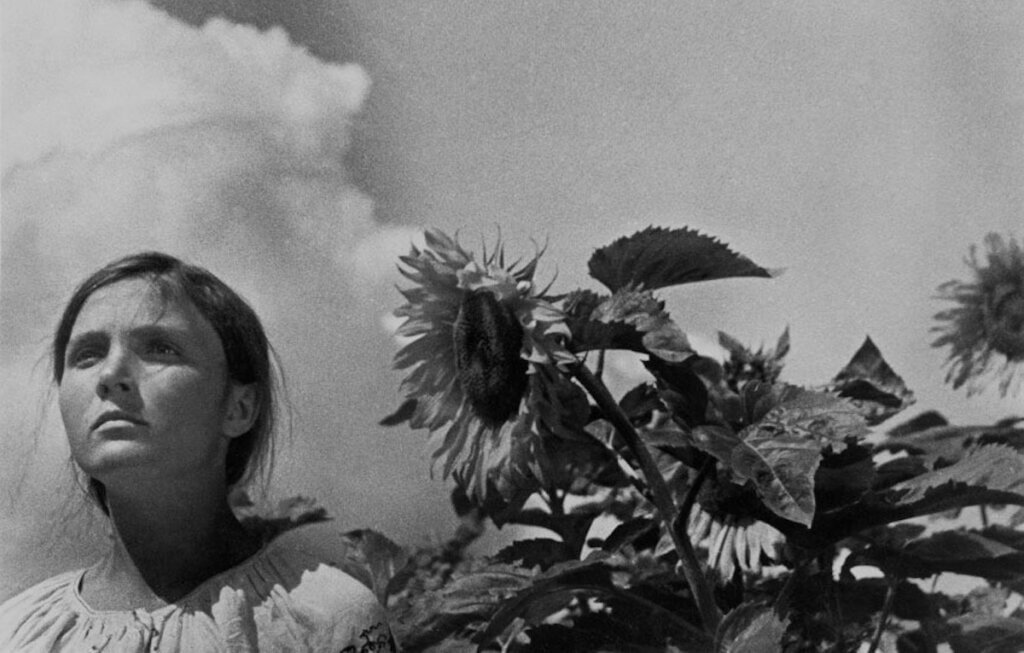
Based in Soviet Ukraine, Earth focuses on the efforts of a group of poor farmers to embrace collectivism, despite the greedy control of local landowners. Like many other Soviet silent films, the narrative is overtly political, displaying various discussions between groups about their respective beliefs. Dovzhenko wrote and produced Earth in direct response to the recent collectivization of Ukrainian farmers. He felt that his film reflected the intellectual transformation taking place among the working class at the time.
Honorable Mentions:
So there you have it! These are the 10 best silent films for philosophy students. Naturally, this does not reflect a comprehensive list, so if you know of other films that you’d like to see here, feel free to leave a comment!
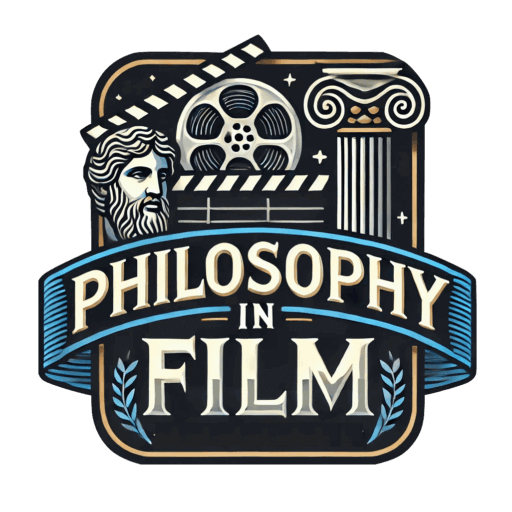
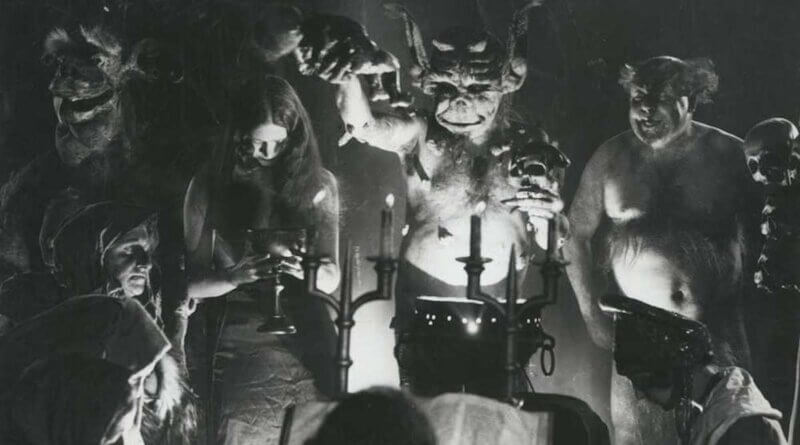
Interesting and Illuminating… some of these films are completely new to me.
Thank you